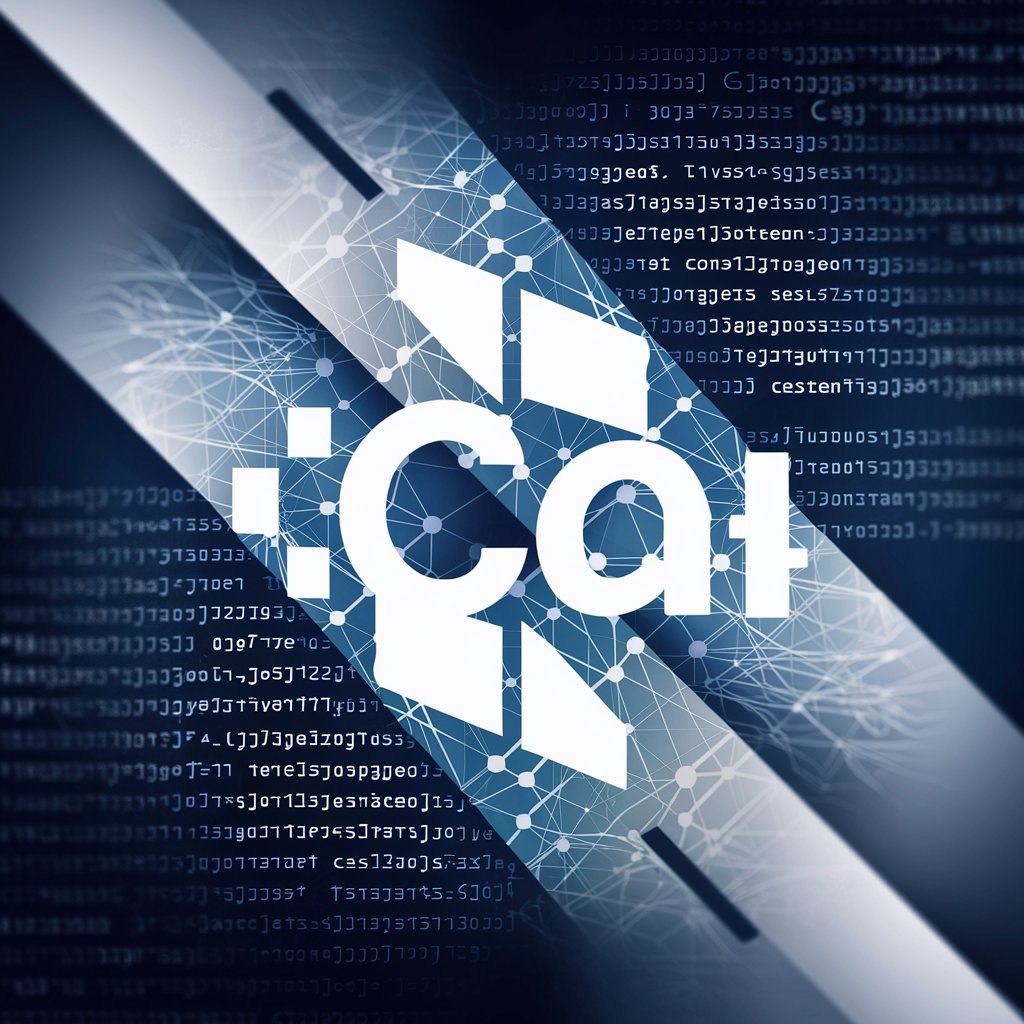Javascript Memory Leak Solver's Guide - Memory Leak Analysis

Hello! Let's tackle your JavaScript memory leaks.
AI-driven JavaScript memory leak resolution.
Explain how to use Chrome DevTools for detecting memory leaks in JavaScript applications.
Describe the process of analyzing heap snapshots to identify memory leaks.
What are some best practices for managing event listeners to prevent memory leaks?
How can closures lead to memory leaks, and how can they be mitigated?
Get Embed Code
Introduction to JavaScript Memory Leak Solver's Guide
The JavaScript Memory Leak Solver's Guide is designed as a comprehensive resource for developers to identify, diagnose, and resolve memory leaks in JavaScript applications. Its core purpose is to enhance application performance and prevent potential crashes by tackling issues related to memory misuse. This guide incorporates methodologies for detecting memory leaks, such as profiling memory usage over time, identifying detached DOM elements, managing forgotten timers, and closures holding onto large objects unnecessarily. It emphasizes the importance of understanding garbage collection mechanisms, utilizing profiling tools for memory leak detection, refactoring code to optimize memory usage, and implementing best practices to avoid memory leaks in the future. For instance, it might detail using Chrome DevTools for heap snapshots to locate detached DOM elements, or how to refactor a web application to use WeakMaps for managing references without preventing garbage collection. Powered by ChatGPT-4o。

Main Functions of JavaScript Memory Leak Solver's Guide
Memory Leak Detection
Example
Using Chrome DevTools to take and compare heap snapshots at different intervals to identify increasing memory usage.
Scenario
In a web application, developers might observe gradual slowdowns over time. By capturing heap snapshots, they can detect memory leaks caused by unintended references to DOM elements that have been removed from the document.
Code Refactoring for Optimization
Example
Refactoring event listeners in a single-page application to prevent memory leaks by ensuring proper addition and removal.
Scenario
In a complex SPA, memory leaks often occur due to event listeners not being properly removed when elements are destroyed. The guide would provide strategies for setting up and tearing down listeners in component lifecycle methods.
Implementing Weak References
Example
Using WeakMaps to store references to DOM elements, allowing them to be garbage collected when no longer in use.
Scenario
A web application that dynamically generates content may use WeakMaps for associating metadata with DOM elements without preventing their garbage collection, thus avoiding memory leaks.
Documentation and Best Practices
Example
Documenting memory optimization changes and establishing best practices within the development team to prevent future memory leaks.
Scenario
After resolving memory leaks in an application, documenting the changes made and establishing a set of best practices for the team helps in maintaining optimal memory usage and preventing the reintroduction of leaks.
Ideal Users of JavaScript Memory Leak Solver's Guide
Web Developers
Developers working on complex web applications, especially single-page applications (SPAs), stand to benefit significantly. The guide helps them identify and fix leaks that could degrade user experience over time.
Performance Engineers
Engineers focused on optimizing application performance will find the guide invaluable for diagnosing and resolving memory-related issues, ensuring applications run smoothly across different environments.
Team Leads and Architects
Team leads and software architects can use the guide to establish best practices for memory management within their teams, promoting a culture of performance and reliability in software development.

Guidelines for Using Javascript Memory Leak Solver's Guide
Start your journey
Begin by accessing a free trial at yeschat.ai, offering immediate entry without the need for a login or a ChatGPT Plus subscription.
Identify the issue
Use the tool to pinpoint potential memory leaks in your JavaScript code by providing snippets or describing the memory management challenge you're facing.
Analyze the feedback
Carefully review the comprehensive analysis and recommendations provided, focusing on identified memory leaks and suggested fixes.
Implement solutions
Apply the recommended strategies and code adjustments to your application, utilizing best practices for memory management and leak prevention.
Monitor and iterate
Regularly use the tool to monitor your application for new memory leaks, iteratively improving your code based on the guide's ongoing advice.
Try other advanced and practical GPTs
JavaScript Debugging Deep Dive
AI-powered JavaScript debugging mastery

Next.js Code Provider
Instant Next.js Coding Solutions

Faithify
Scriptural wisdom at your fingertips

Chemistry aiMOOC
Explore Chemistry with AI

The Analyst
Unveiling Media's Hidden Layers

Coding Challenger - Interview Prepper
Elevate Your Coding Skills with AI

JavaScript Performance Tuning: Speed Up Your Code
Optimize JavaScript with AI-driven insights

Python Multiprocessing: Harness the CPU Power
Unlock parallel computing with AI

C# and AI: Crafting the Future of Intelligent Code
Empowering C# with AI Capabilities

Python Data Wizardry with Pandas
Transform data into insights with AI-powered Pandas.

Streamer Assistant
Empowering streams with AI-driven advice

Climate at the Dinner Table
Empowering climate conversations with AI

FAQs about Javascript Memory Leak Solver's Guide
What is a JavaScript memory leak?
A JavaScript memory leak occurs when a web application unintentionally retains memory that is no longer needed, leading to increased memory usage and potential performance issues over time.
How can I detect memory leaks in my application?
You can detect memory leaks by using browser profiling tools like Chrome DevTools to monitor memory usage and identify anomalies. Additionally, this guide offers step-by-step instructions and tips for using such tools effectively.
What are common causes of memory leaks in JavaScript?
Common causes include forgotten timers, closures holding references to large objects, detached DOM elements not being garbage collected, and improper use of global variables.
Can this tool help fix leaks in all types of JavaScript applications?
Yes, the Javascript Memory Leak Solver's Guide is designed to assist with memory leaks in various JavaScript applications, including web pages, Node.js servers, and complex web applications.
Are there any best practices to prevent memory leaks?
Yes, best practices include regular monitoring of memory usage, avoiding global variables, using weak references where applicable, and ensuring proper cleanup of event listeners and timers.
